THE LAST 10™ POUNDS PODCAST
EP. 66- WHAT ABOUT GRAINS? RICE/QUINOA, STARCHY ROOT VEGETABLES & LEGUMES? Whole food carbohydrates part 2
EP. 66- WHAT ABOUT GRAINS? RICE/QUINOA, STARCHY ROOT VEGETABLES & LEGUMES? Whole food carbohydrates part 2
Podcast: Play in new window | Download
Hello, hello! Happy Monday and welcome back to the podcast. Can you believe we’re already almost halfway through the year!? Happy June! I love June because it’s my birthday month, and in a way, I look at it as my own personal new year. I always take this time to self-reflect and take stock of the things that are important to me in my life.
Today it’s part two of the whole-food carbohydrates series. Last time in Episode 65 we talked all about fruit. This time we’re going to be discussing all of the other whole-food carbohydrates which are starchy root vegetables, grains, and legumes. My goal is at the end of this podcast that you feel absolutely equipped and empowered to make decisions about eating these whole-food carbs.
These episodes aren’t designed to be an addition to or replacement for my usual teachings of veggies, protein, healthy fat, breakfast, lunch, and dinner. The formula hasn’t changed. I’m recording these episodes because every body is different, and some women can lose weight and keep it off while still eating a reasonable amount of whole-food carbohydrates. Some women, like me, can’t. That’s okay too. Every journey is different.
If you haven’t heard Episode 65 where I talk about fruits, I do suggest you listen to that first. We covered many of the tools and ideas we’ll be talking about today in that episode, and the last thing I want is for you to feel lost.
When it comes to fruit, grains, legumes and starchy root veggies, I’m sure you’ve heard it all: there are so many different opinions and recommendations out there. Today what I want to do is equip you to make an informed and empowered decision about eating any or all of the foods that fall into this category.
Losing the Last 10 Pounds
Eating more veggies is one of the critical recommendations for overall health, but when it comes to losing the last ten pounds, it might be necessary to get more specific about what you eat. You might lose weight by making specific changes, and then find that you need to make an additional set of changes and tweaks to get those next-level results. I’m not talking about undereating or failing to give your body the nutrition it needs. You’re still going to be providing your body the nutrition it needs. For many women, whole-food carbohydrates are the area where next-level tweaks need to happen to get next-level results.
Being conscious of total carbohydrate intake is essential. Of course, processed carbohydrates like bread and pasta are a given. Sugar and flour will not support your goal of losing those last ten pounds. Today we’re going to talk about all of the other non-processed carbohydrates and give you every tool and piece of knowledge you need to make an empowered decision about whether or not to eat them.
If you need a refresher on the Weight Loss Triage, head back and listen to Episode 57. If you’re all caught up, let’s jump into starchy root vegetables, grains, and legumes.
Root & Starchy Veggies
Some vegetables have a higher carbohydrate component than others, and so they have a higher starch content. Both starchy and non-starchy veggies provide nutrition. The question here is not whether a vegetable is healthy. All veggies offer nutrition. It really comes down to whether or not these specific veggies work for you. Not all veggies are created equal, but they do all provide some level of nutrition. Carbohydrate count affects insulin response, which is a crucial point of understanding for losing those last ten pounds.
Potatoes & Root Vegetables
Unlike bread and pasta, potatoes are a whole food carbohydrate. They provide vitamins and minerals, but a full-size baked potato will also provide you with about 35 grams of carbs. A medium-sized sweet potato will give you about 25. These carbohydrates will produce an insulin response in your body. Every body is different, so only you can find out whether eating potatoes, and root veggies is compatible with your goals.
Winter Squash
Acorn squash, butternut squash, and pumpkin fall into the starchy vegetable category. They provide nutrition in the form of vitamin A, potassium and fiber, but they’re also high in carbs. There are about 30 grams of carbs in one cup of cooked winter squash. You don’t have to count carbs or weigh your foods; it’s just important to be able to visualize what’s happening in your body when you consume these foods. Where they fall on the glycemic index is a vital piece of the puzzle when it comes to making an informed decision about eating starchy foods.
Corn
Corn is a high carb food. It falls much higher on the spectrum than low-carb veggies like leafy greens, asparagus, summer squash, carrots, broccoli, cucumbers, or tomatoes. About a cup of non-starchy vegetables totals about five grams of carbohydrates. Some women can afford to eat whole-food carbs like corn and still reach their goals. For a lot of us, including me, that’s not the case. The decision is up to you. The struggle ends because you decide what changes to make to your diet and your lifestyle. There is no restriction or deprivation. If you’re feeling those kinds of feelings, check out Episode 58.
Grains
Grains are small hard, edible, dry seeds. They grow on grass like plants called cereals. They’re a staple food in many parts of the world. Grains are used to feed and fatten up livestock as well. Today the most commonly produced grains are corn, rice, and wheat. Some other grains include barley oats and rye. There are also pseudocereals like quinoa and buckwheat. These aren’t technically grains, but for this episode, we’re going to include them. Then there are processed grains like bread, pasta, breakfast cereals, tortillas, pastries, and cookies.
Not all grains are created equal. If you’re going to choose to have grains in your diet, it’s more nutritional to consume whole-food grains. Flours and processed foods fall higher on the glycemic index, so they’ll cause your body to release more insulin and release it faster. Blood sugar spikes can cause cravings and hormone imbalance. Refined grains are nutrient deplete, whole-grains are not. Oats and whole-wheat provide more nutrition than grains like rice and corn, even in their whole form. Just like with starchy veggies, only you can decide if eating grains fit with your goals. If you’re experiencing digestive issues, try cutting out grains. They contain naturally occurring compounds like lectin that hinder digestion.
Legumes
A legume is a simple, dry fruit contained within a shed or a pod. The most well-known legumes are peas, beans, peanuts, and alfalfa. One cup of green peas contains 21 grams of carbohydrates. One cup of peanuts? 24. Just like with the previous categories of foods, legumes have nutrients; in some cases, they’re very nutritious. They’re typically very high in carbs. Remember, you can eat whatever you want. If you’ve reached your goal and you want to experiment with any of these foods, remember to be consistent with the rest of your plan, and go for it. If your weight remains constant, great! If not, make a tweak. Eat half as much, or cut them out altogether. The ball is in your court.
If you’re struggling to lose those last ten pounds, schedule a strategy session. I’d love to help you with your plan to lose those last few stubborn pounds. If you have any other questions, send me an email. Brend@BrendaLomeli.com. Thanks so much for listening to the podcast, and I’ll see you next Monday.
XOXO,
Brenda
recent podcasts
Want access to all of my podcasts?
Subscribe to my channel.















